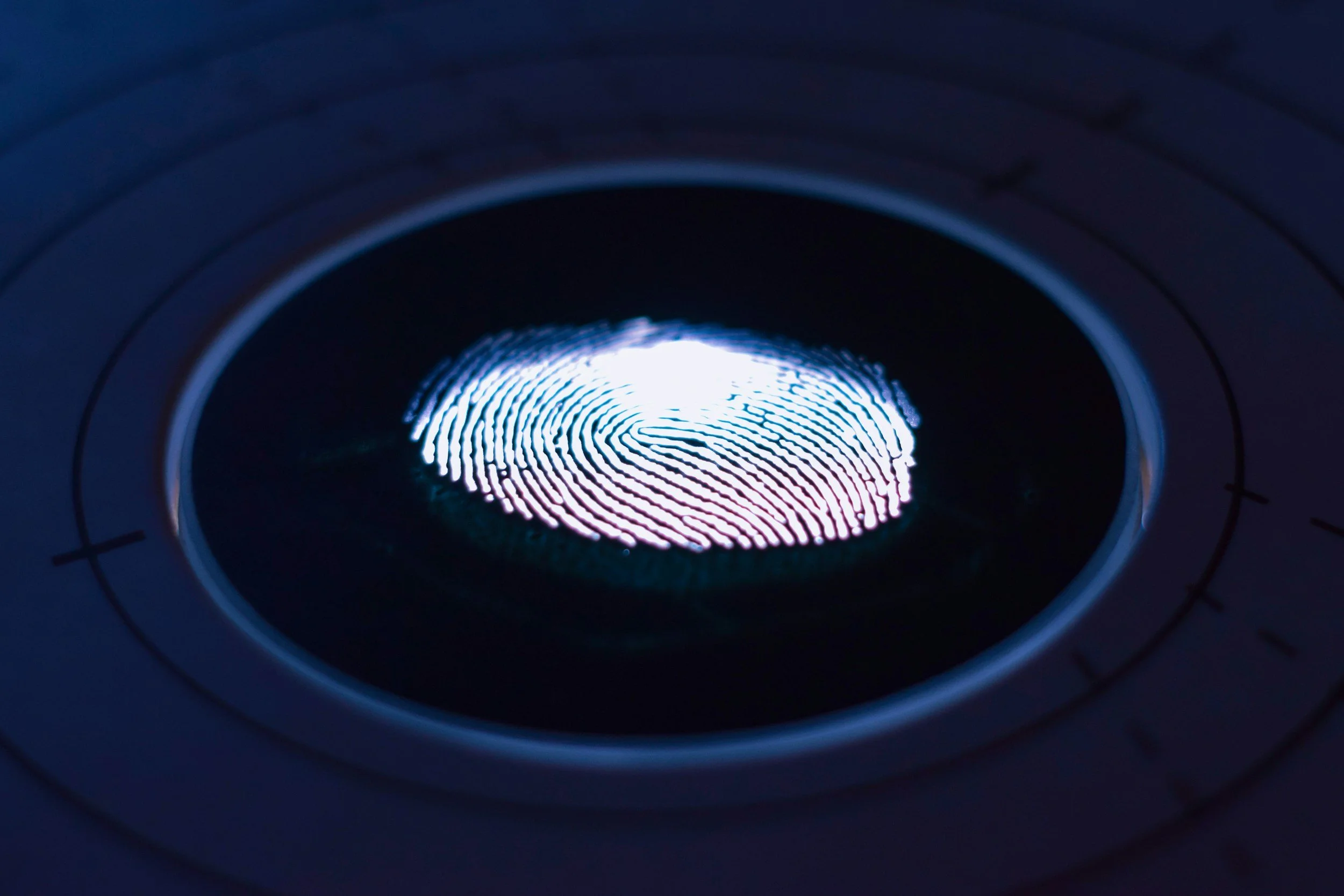The Biometric State: Mapping the Body for Control
A refugee fleeing Syria arrives in Greece, is fingerprinted at the border, and waits as that print decides whether they can legally stay. If they are denied, they will be sent back to their country due to the Dublin Regulation, which relies on a fingerprint database to determine asylee processing. This is not a story from the year 3000, but from the year 2025, where refugees are frequently required to submit biometric data when applying for asylum.
This transformation, from person to datapoint, reduces identity to code. The story of asylum is no longer about who someone is but rather what their biological traits say they are allowed to do. Today, borders are no longer about fences but databases.
The Rise of the Biometric State
As we move from the age of finger printing to facial recognition, populations such as refugees, migrants, and the stateless become increasingly at risk. Fingerprinting, first adopted in British India and then globally, was first seen as objective and used as a means of population control and crime prevention. But now as we witness the rise of Iris scanning and facial recognition, touted for accuracy and uniqueness, the ability to control populations expands as the logic of visibility is increased.
Modern biometric governance is driven by a web of actors including UNHCR, EU-LISA, national governments, and private contractors like Accenture and Palantir. Together, they collect, store, and analyze refugee data, from iris scans to fingerprints, often under the guise of security and aid, raising urgent questions about consent, oversight, and corporate power.
Biometric data is often collected in moments of crisis, where meaningful consent is impossible, and ownership remains murky — UNHCR may store it, but host states and private actors frequently demand access. These systems encode the assumption that migrant bodies are suspect, framing surveillance as neutral while reinforcing racialized and geopolitical hierarchies of mobility and control.
Refugee Bodies as Data Points
EURODAC, the EU’s biometric database, records the fingerprints of asylum seekers and irregular migrants over age 14. It is used to determine which country is responsible for processing a claim under the Dublin Regulation. A single fingerprint can override personal history, forcing someone to return to a country they’ve already left behind.
This system reduces asylum eligibility, housing, and aid to a matter of database inclusion. If a refugee refuses or is unable to be fingerprinted, they risk exclusion, detention, or deportation. In this regime, the body is no longer a bearer of rights; it is a barcode, scanned for permission to exist.
Ethical, Legal, and Existential Concerns
Consent in biometric systems is often a fiction, especially for refugees navigating unfamiliar legal systems and precarious conditions. Presented as a requirement for aid, protection, or simply survival, “consent” becomes a coerced transaction; give your fingerprint or be denied food, shelter, or safety. The language of choice masks the reality of power.
Biometric data, unlike a password, cannot be changed. Once captured, a fingerprint or iris scan creates a permanent data trail that follows a person across borders and systems. For refugees, identity becomes less about selfhood and more about traceability, a digitized record that can be used to verify, surveil, or expel.
The systems that promise humanitarian efficiency often operate with the logic of control. While NGOs and governments invoke the language of care, the infrastructure — centralized databases, automated returns, surveillance networks — resembles a carceral grid. The refugee is caught between being helped and being monitored, their humanity flattened into a set of biological coordinates.
Beyond the Machine: Toward Human Rights by Design
Surveillance does not equal safety. The promise of biometric technologies as efficient fixes for migration management masks their role in entrenching control. Techno-solutionism offers precision, but not protection, not when systems prioritize traceability over trust.
This is not to say there is not value in biometric measurements, but the benefits only outweigh the cons if there is strong privacy protections and transparency for at-risk populations. Biometrics are not inherently bad but without these safeguards, the potential for increased harm threatens the very populations we seek to protect.
There are emerging alternatives: decentralized IDs that resist central control, data minimalism that asks for less rather than more, and rights-based design frameworks that begin with dignity rather than suspicion. These approaches challenge the assumption that more data leads to better outcomes. Instead, they imagine systems where protection doesn’t require exposure.
Biometric control maps more than identity… it maps power. To scan a body is not to see it. In our drive to sort, categorize, and “know” refugees, we must ask: are we safeguarding their futures, or scripting them into digital cages?
